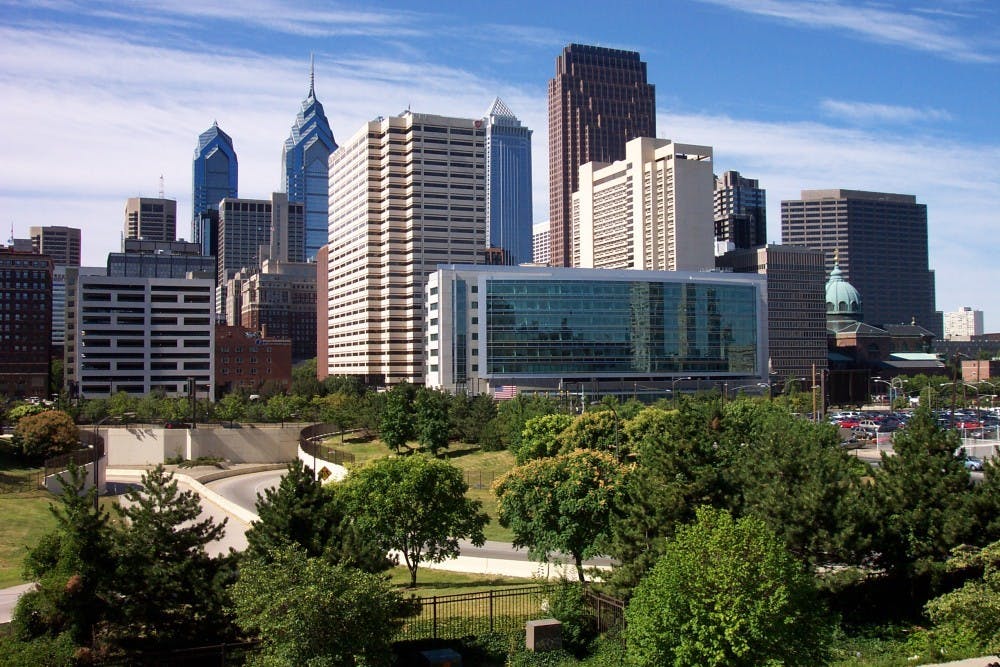As the national poverty rate decreases in the United States, Philadelphia's poverty rate has stayed stagnant.
According to reports released last week from the U.S. Census Bureau, Philadelphia has maintained a constant poverty rate of 25.7 percent for the past two years. The report also found that median income in the city dropped 4 percent, decreasing from $41,449 in 2016 to $39,759 in 2017. Out of the ten most populous cities in America, Philadelphia was also named the poorest large city.
The city's reports differ from the nationwide trend, which has seen incomes swell and poverty dip. Nationwide poverty rates reportedly decreased from 12.7 percent in 2016 to 12.3 percent in 2017. Median household incomes also escalated from $60,309 to $61,372 in 2017.
Experts speculate that although unemployment is reportedly down, many Philadelphians work in low-paying jobs or have to work fewer hours, resulting in the stagnating poverty rate, reported the Philadelphia Inquirer.
“The city that likes to imagine itself on the upswing — trying to lure Amazon here, gentrifying around Temple — is not changing. Wages are stagnating and people aren’t benefiting from economic growth,” Maria Kefalas, a sociology professor at St. Joseph University, told the Philadelphia Inquirer.
The U.S. Census Bureau also conducted a study titled the American Community Survey, which further broke down poverty rates in Philadelphia by race; researchers found that poverty rates for black and Latino citizens dropped, while poverty for white Philadelphians overall increased.
An April 2017 report by Pew Charitable Trusts also found that although Philadelphia had a "relatively strong economy," more than a quarter of its residents still live below the poverty line.
Kathy Fisher, policy director of the Greater Philadelphia Coalition Against Hunger, suggested the poverty rate has increased because minimum wage has not changed. “The abundance of service-industry jobs in Philadelphia and their corresponding low wages do not push up the median income,” Fisher told the Inquirer.









